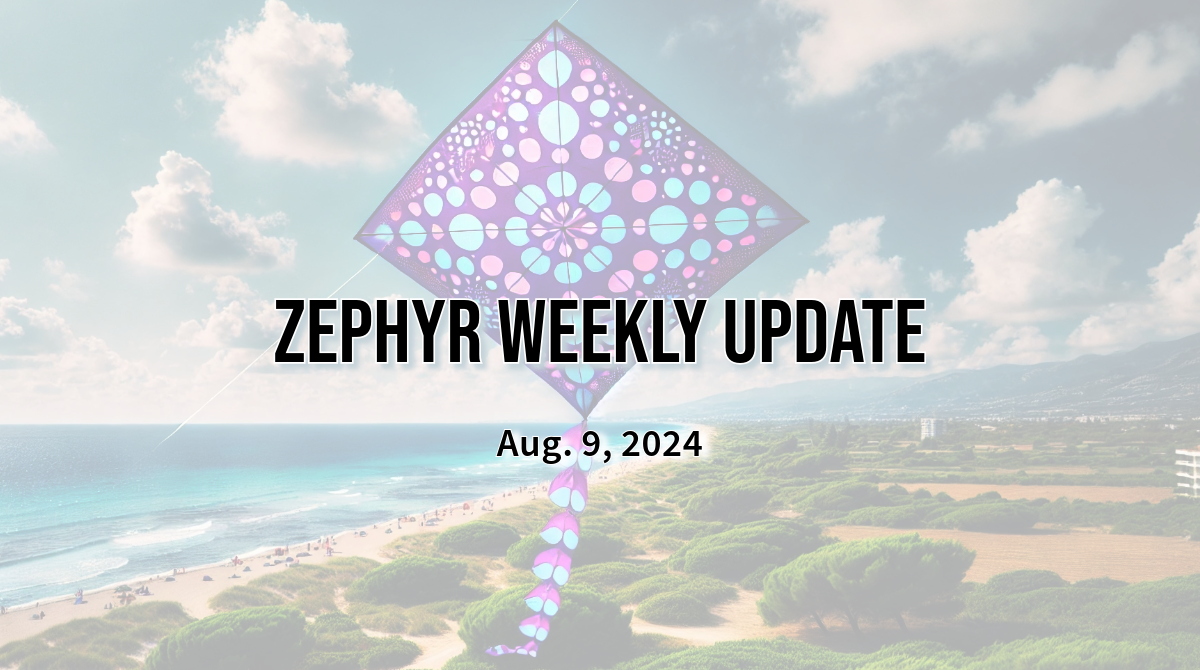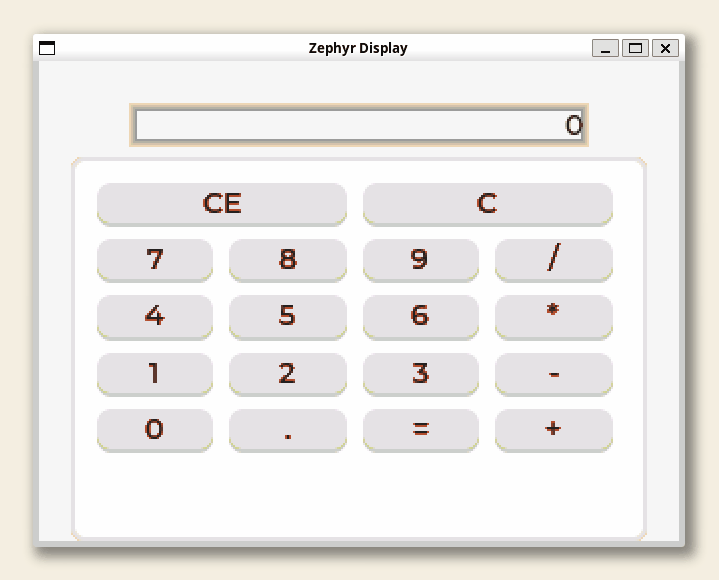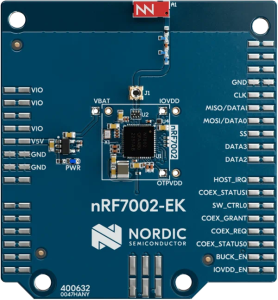
We are just a few days away from hitting 100,000 (!) commits on the main Zephyr repository, and things are not really slowing down despite the summer holidays 🙂 Let’s dive right in!
New Haptics driver class
It is common for interactive devices to provide haptic feedback to the user. For example, pressing widgets on a touch screen may trigger gentle vibrations while a stronger vibration may indicate that the action was not successful. Well, as of this week, Zephyr supports haptic feedback devices through a new haptics driver class!
An IC providing haptic feedback functionality is typically hooked up to a tiny motor that will vibrate when a signal is sent to it. The actual vibration pattern can be controlled in several ways: directly feeding the IC with a PWM or analogue signal, using built-in “melodies” available from the chip’s ROM (ex. “strong click”, “short double click”, etc.), etc.
The new haptics driver class provides a common API for starting/stopping vibrations, and for now most of the actual configuration is done through hardware-specific API. (PR #76343)
Texas Instruments DRV2605 is the only driver implementing this API for now, but let’s hope we’ll get more in the near future.
I’ll try to prepare a short demo of this new feature for the next blog post, but you may check out this code sample in the meantime.
A practical State Machine Framework example
I have mentioned Zephyr’s State Machine Framework quite a bit in the past, and I am happy to see that more and more subsystems are either transitioning to it, or considering doing so. State machines are something you definitely don’t want to get wrong, and using a proven framework can really help with making your code easier to read, test, and maintain over time.
We have a new very cool code sample that implements a calculator with a fancy LVGL GUI and whose logic is implemented using the State Machine Framework.
It is really nice to see how to turn a pretty complex state machine into something that can actually be executed and hooked up to a UI. I hope this will inspire folks to look at SMF whenever they’re just about to get lost in switch/case madness 🙂
(PR #76465)
 SoCs, Boards & Shields
SoCs, Boards & Shields
Support has been added for the following SoCs:
- Several SoCs from Analog Devices’ DARWIN MAX326xx Series (MAX32662 , MAX32666, MAX32675). (PR #73578, #73560, #73576)
- FLPR (Fast Lightweight Processor) RISC-V core on nRF54H20 is now supported. (PR #75451)
- Wi-Fi driver for the NXP RW612 has been added. (PR #76289)
New boards and shields:
- The nRF7002 EK is a versatile evaluation kit in the form of an Arduino shield that can be used in Nordic and non-Nordic host boards. (PR #75714)

Drivers
Miscellaneous
- Added support for Wi-Fi Device Provisioning Protocol (DPP) via hostap. DPP is a secure, simplified method for connecting devices to a Wi-Fi network without needing to share the network password directly. (PR #73707)
- A new
reset_stats()API has been introduced to allow resetting Wi-Fi usage statistics. (PR #75768) - New sample application demonstrating how to use the CoAP client. (PR #76069)
- LittleFS module has been updated to 2.9.3. (PR #74001)
- POSIX
A big thank you to the 16 individuals who had their first pull request accepted this week, 💙 🙌: @alexstanoev-nordic, @nngt88, @pyadvichuk, @duynguyenxa, @juliaazziz, @LeoBRIANDSmile, @aa889788, @yiding, @konrad1s, @unsanded, @thales-nascimento, @pblxptr, @LiLongNXP, @Robibobo1, @asingh-GiN, and @00thirdeye00.